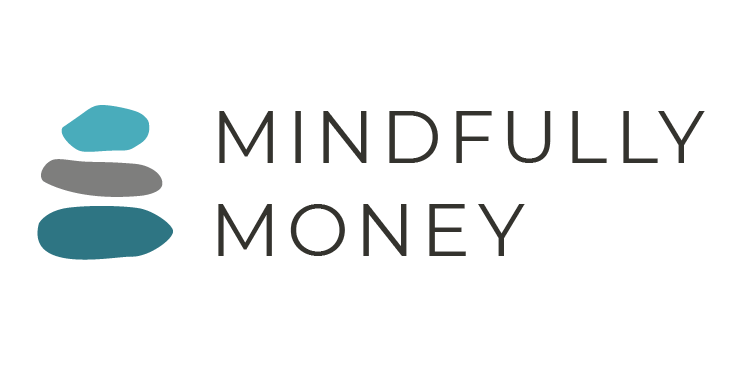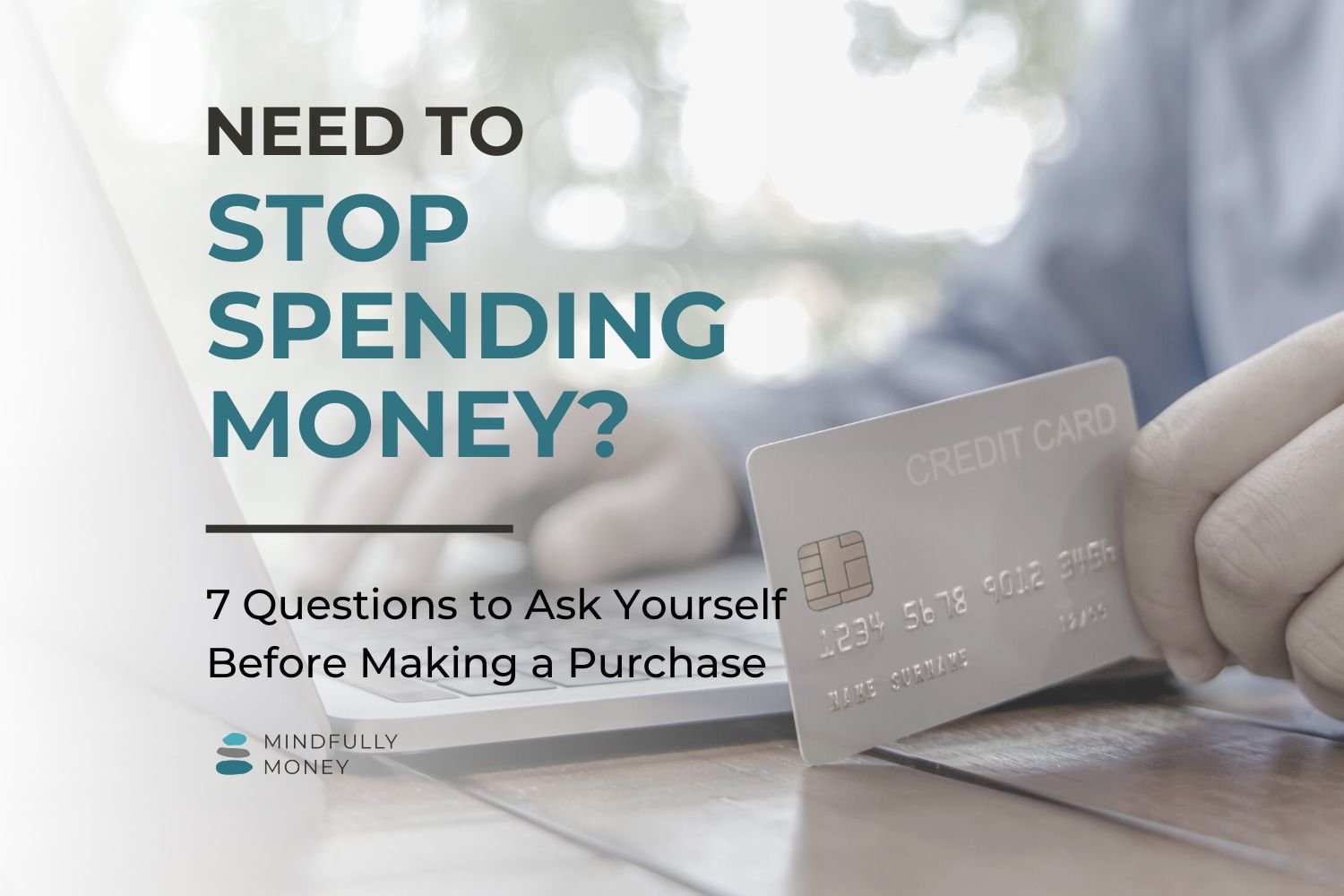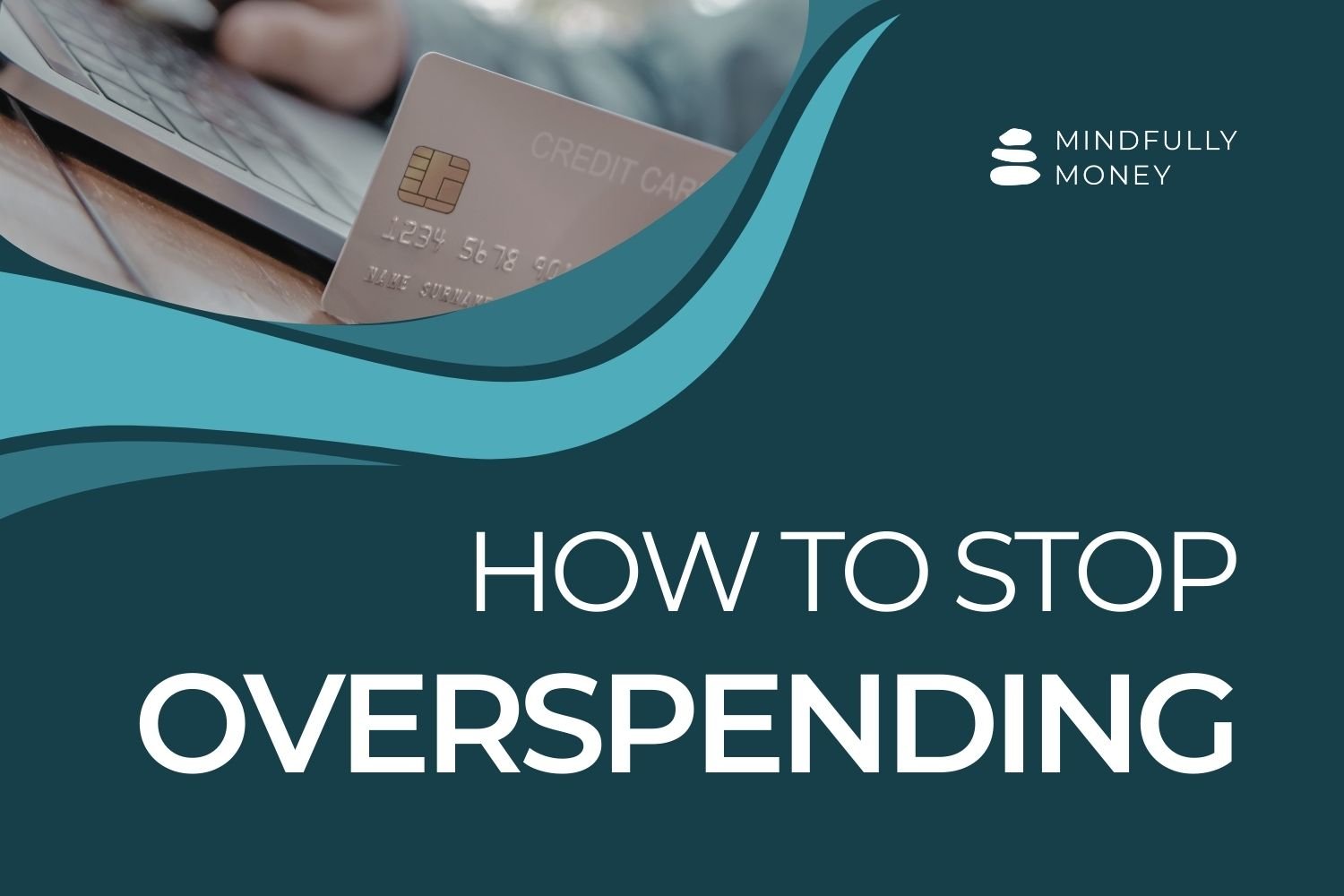How to Start Building an Emergency Fund When You Have No Money
One of the most common pieces of financial advice online is to have an emergency fund. It’s the stock advice that anyone who pays attention to personal finance has heard over and over. And for good reason—an emergency fund is what keeps you out of debt when you lose your income or something major goes wrong.
But knowing you should have an emergency fund and figuring out where to get the money for one are two very different things. When all of your money is already going to other things and you feel like you’re barely making ends meet as is, it can seem impossible to find money for an emergency fund.
But having an emergency fund and other backup money is the one thing that will help you get out of relying on credit card debt for everything.
Building an emergency fund helps you get ahead of the expenses so that there is always money on hand to pay for things. If you don’t have an emergency fund, you rely on credit cards when something goes wrong.
For example, let’s say that your water heater goes out and you need to replace it. The average cost is $1200. If you have no money on hand, you’ll need to put it on a credit card and make payments over time. It might end up costing you an additional $600 over the next four years (This is just an example and actual numbers depend on your credit card, balance, interest rate, etc. You can use an online calculator to find out how much your debt will cost you.)
As you keep adding things to your credit card, it gets more and more expensive and you spend all your resources paying for the past instead of getting ahead for the future. In order to break the cycle, you need to focus on having extra money on hand so that new problems don’t add to your debt.
Although a traditional emergency fund is only to be used in truly catastrophic situations, such as job loss, loss of home, or a costly medical emergency or condition that threatens your ability to pay your bills, you also need to have backup money for the everyday costs that arise.
So whether you’re building your emergency fund for true emergencies, or simply saving for all of the regular life things that just come up, these tips will help you save up money so you can stay out of debt and start getting ahead.
How to Start Building Your Emergency Fund
1. Reduce recurring living expenses.
Cutting your fixed, regular bills is actually one of the easier ways to free up money for an emergency fund because you make a change once and it reduces expenses every month. Plus, the amount you can save is typically larger than if you were to try to start using coupons at the grocery store.
You can cut recurring living expenses by:
Shopping around for less expensive home and auto insurance
Finding a cheaper cell phone plan, such as Mint Mobile or T-Mobile Connect
Calling your cable/internet company and negotiating a lower rate
Canceling subscriptions and memberships you don’t use or could live without for awhile
Once you cut an expense, immediately set up a monthly, automatic transfer of that amount to a savings account specifically for your emergency fund. If you don’t do this, you will likely just absorb that money you “saved” into your normal spending and it will disappear. Schedule this automatic transfer to happen right after you get paid to ensure there’s enough money for it.
2. Stop splurging on things you want, at least temporarily.
This is a little harder, mentally and emotionally, because it involves giving things up, which never feels good. It can help to think of it as a temporary break. As long as you aren’t spending more than you earn, you can go back to spending money whatever it is once your emergency fund is funded. But who knows—maybe you’ll get used to life without that expense.
Many people like the idea of a no-spend month, where they commit to spending no money other than on basic necessities for an entire month. Other people prefer to focus on one category of things, such as no eating out or no entertainment or fun activities for a period of time. (Yes, I know, I’m a fun-hater…)
Don’t let figuring out what you’ll cut keep you from getting started. Just pick something and commit to it.
Then, make sure you capture the money you’re saving so it doesn’t disappear into the black hole of day-to-day spending. Send that money to your emergency fund!
3. Sell things that you already have.
We all have things in our homes that are just collecting dust—like that soda stream you got at a great price on Black Friday and used once or all those nice clothes your kids grew out of in five seconds. See if you can sell those items on neighborhood exchanges, Facebook Marketplace, or Craigslist.
Once you sell some items, put that money directly into your emergency fund.
4. Find a way to earn some extra money
Pin this image for later!
If you’re really motivated or have some extra time, taking on an extra job, at least for a while, is a good way to build up your emergency fund. It’s hard work, but it’s temporary and will significantly increase your peace of mind and financial security.
Adding on more work to your already busy life can seem overwhelming, but many people find that it is worth it. Try to find something that will fit your skills and lifestyle.
If you’re looking for some creative ideas to help you make more money, check out some of these ideas on my Making Money Pinterest Board. (I have not tried most of these and cannot speak to their effectiveness.)
And of course, make sure that money goes directly into your emergency fund so you’re not tempted to spend it.
Building an emergency fund when you don’t have any extra money can feel daunting, and it isn’t going to be easy. But you can do this! Acknowledge that it might be hard, take a deep breath, and find a way to get started. Before you know it, you’ll experience the increased sense of security that comes with having a plan to handle whatever comes your way.




